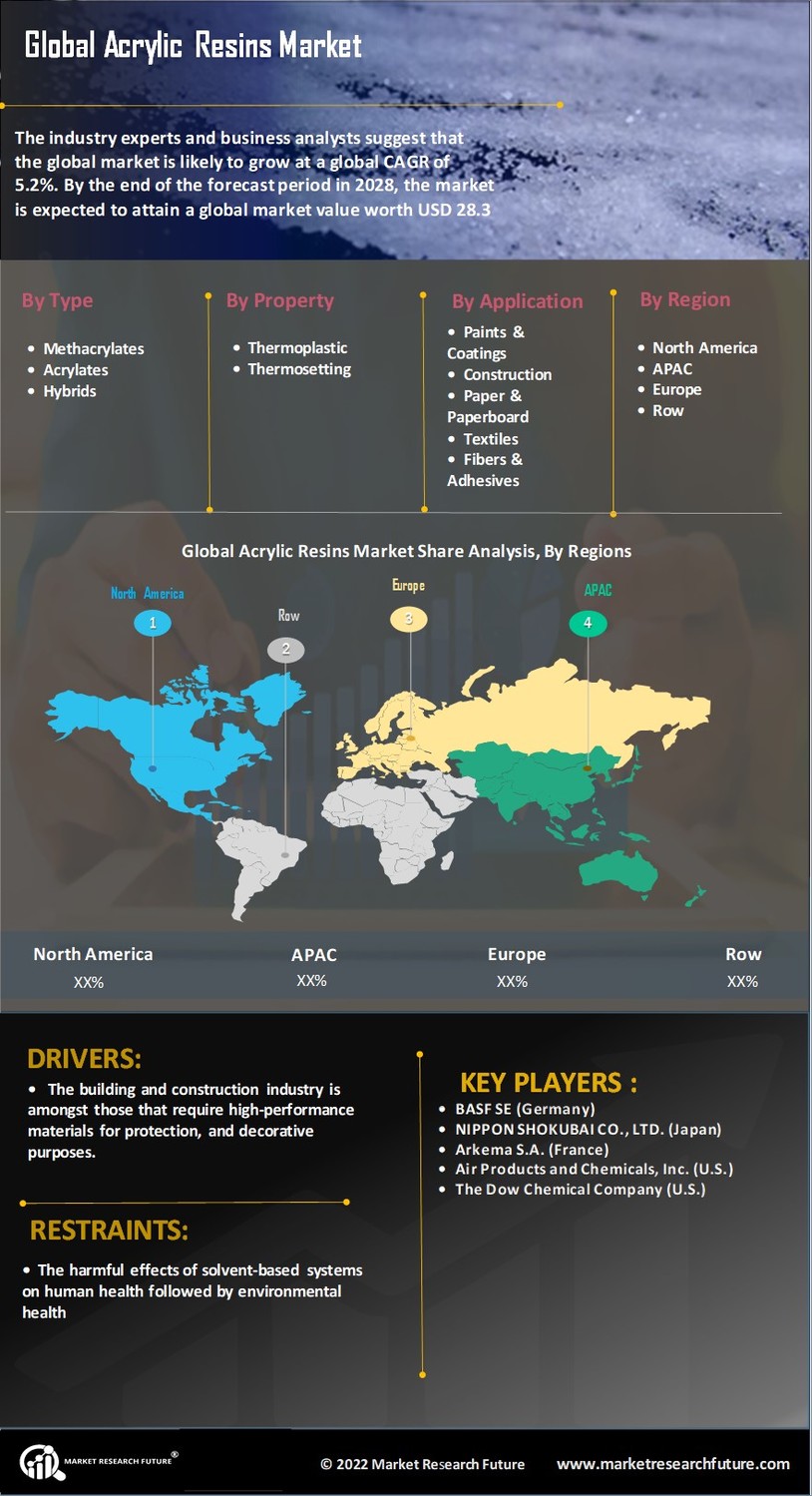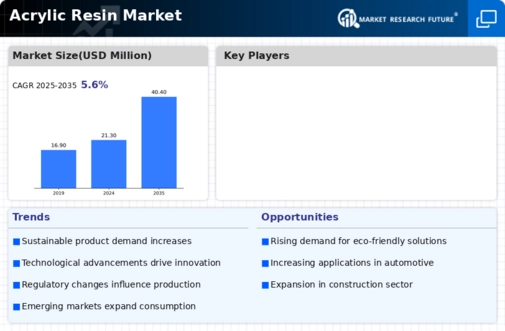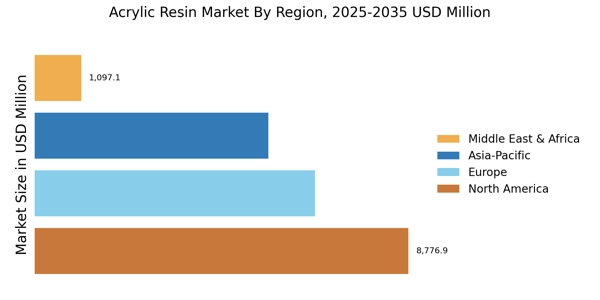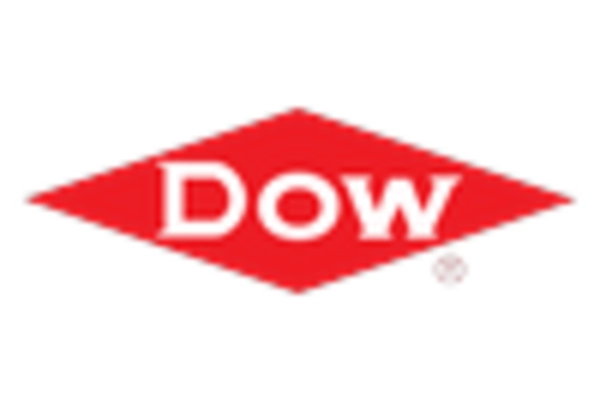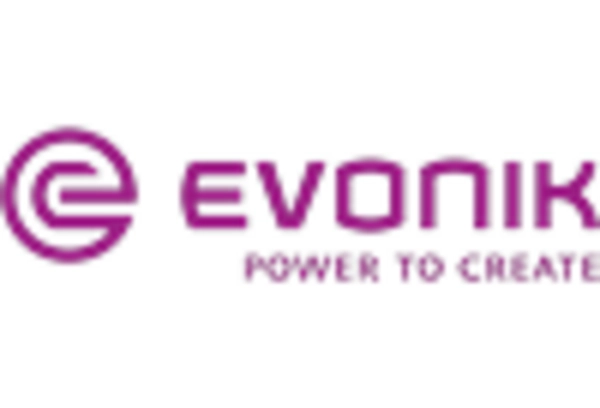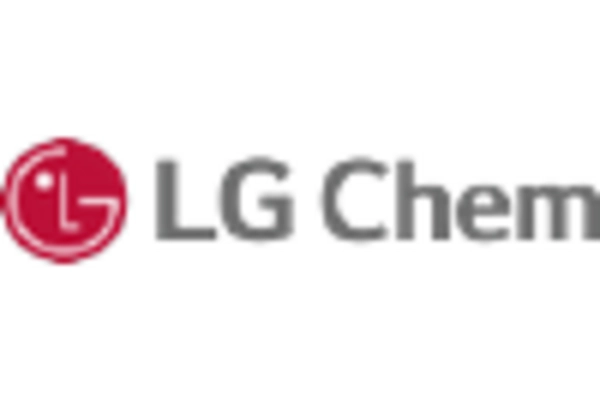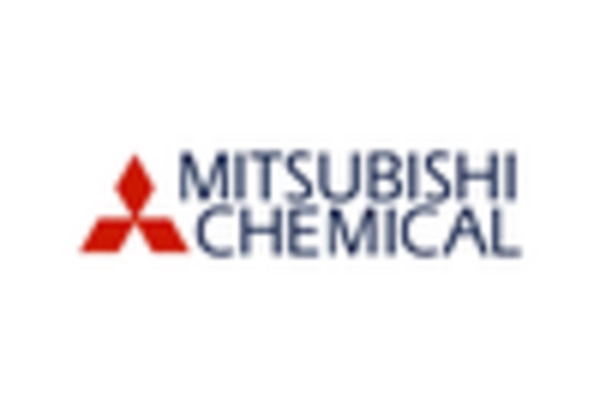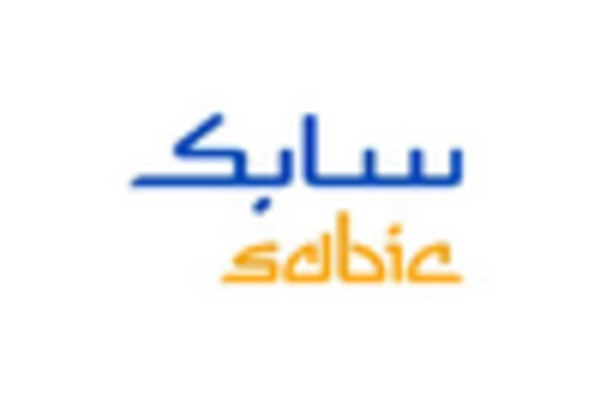Major market players are spending a lot of money on R&D to increase their product lines, which will help the Acrylic Resin Market grow even more. Market participants are also taking a range of strategic initiatives to grow their worldwide footprint, including new product launches, contractual agreements, mergers and acquisitions, increased investments, and collaboration with other organizations. Competitors in the Acrylic Resin Market industry must offer cost-effective products to expand and survive in an increasingly competitive and rising market environment.
One of the primary business strategies adopted by manufacturers in the global Acrylic Resin industry to benefit clients and expand the Acrylic Resin market sector is to manufacture locally to reduce operating costs. The market for Acrylic Resin is recognized as being extremely competitive and fragmented. The market for Acrylic Resin offers considerable potential opportunities for domestic and unorganised companies.
Some of the key players operating in the Acrylic Resin Market are Arkema, BASF SE, Evonik Industries AG, Dow Chemical Company, Mitsubishi, Chemical Corporation, Henkel AG & Co., Nippon Shokubai Kagaku Kogyo Co., Ltd., DIC Corporation, Sumitomo Chemical Company, and Covestro AG. To increase their global reach and client base, key firms are concentrating on acquisitions and product innovation.
BASF SE is a major player in the Acrylic Resins Market, globally. It manufactures, markets, and sells chemicals, polymers, crop protection products, and performance products. Acrylic Resins Market, adhesives, surfactants, fuel additives, electronic chemicals, pigments, paints, food additives, fungicides, and herbicides are among its products. Construction, furniture and wood, agricultural, electronics and electrical, paints and coatings, automotive, home care, nutrition, chemicals, and other industries are served by the company. BASF conducts R&D in collaboration with global clients, scientists, and partners. The corporation operates through a global network of manufacturing plants.
Its operations are spread over Europe, Asia Pacific, South America, Africa, the Middle East, and North America. BASF is based in Ludwigshafen, Germany. The company has been focusing new product launches, expansions, and agreements in order to remain competitive in the Acrylic Resins Market.
Evonik Industries AG: is a leading manufacturer of specialty chemicals globally. The company offers various products in the field of consumer goods, animal nutrition, and pharmaceuticals. They work in five business segments technology & infrastructure, performance materials, smart material, specialty additive, and nutrition & care. Everything in the new Nutrition & Care section is focused on enhancing human health, happiness, and quality of life. Automotive, paints, coatings, adhesives, construction, and many other industries receive high-performance materials from the Smart Materials division for use in green and energy-efficient systems. The Performance Materials sector provides ever-improving goods and technologies.
They are the foundation for many contemporary applications, such as polymers, transportation, nutrition, and pharmaceuticals. The Technology & Infrastructure division provides a comprehensive selection of services as a catalyst for innovation and digitization in the manufacturing environment. It has an operational presence in more than 100 countries. It operates 59 production plants in 27 countries and 38 R&D locations across the globe.
